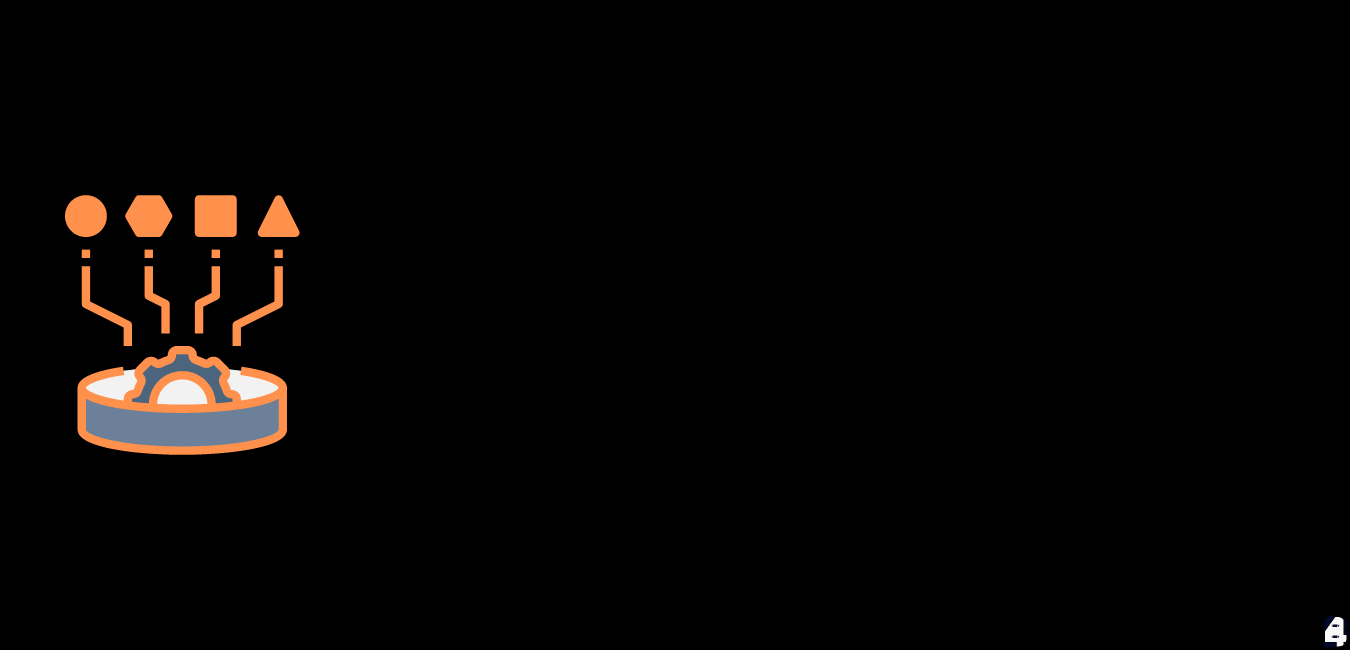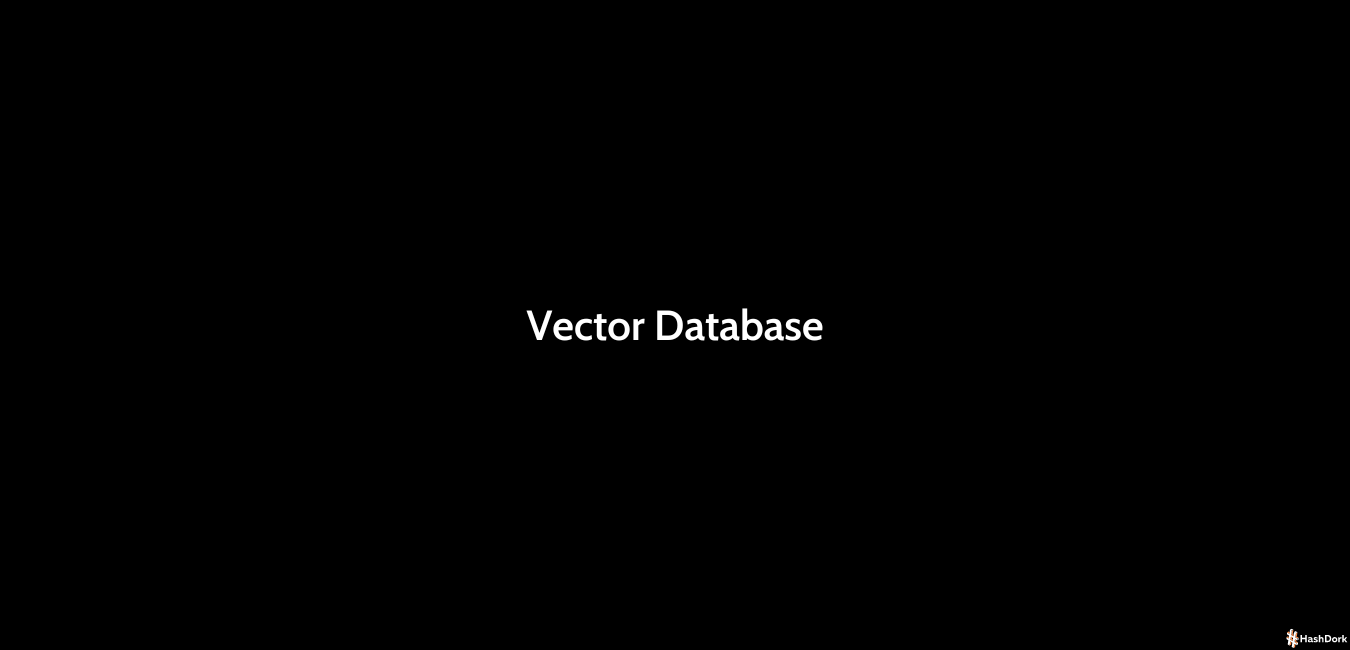In today’s data-driven world, the ability to accurately explain complicated information is more important than ever, which is where data storytelling comes in.
Well, what is data storytelling?
Making data more comprehensible, accessible, and actionable requires the art and science of transforming raw data into a captivating narrative that includes graphs, charts, images, and context.
And, if you work in a technological industry, you’re probably used to sorting through mountains of data on a daily basis.
Despite having a wealth of potential insights, raw data frequently lacks the clarity required to guide decision-making. The gap is where data storytelling fills it.
It takes the information’s core and turns it into a narrative that entertains as well as informs and persuades. Better project outputs, more efficient teamwork, and a stronger connection with company goals are all benefits for technical experts.
There’s still more, though. Data storytelling involves more than just making your data “appear pretty.”
To write a tale that connects with your particular audience, you must use the appropriate tools, statistical methodologies, and storytelling devices.
A skillfully constructed data story can make the difference between an impactless presentation and one that is remembered, whether you are presenting to stakeholders, team members, or industry experts.
We will thus examine data storytelling in this piece, including its fundamental elements, method, tools, and other factors.
Understanding Data storytelling
Data storytelling is an enthralling synthesis of data analysis, machine learning, and artificial intelligence, all wrapped up in the art of storytelling.
In a technical environment, the goal is to create a cohesive narrative that integrates data-driven insights with the power of human cognition.
This goes beyond just displaying figures or graphs. Take the example of creating a machine learning model that forecasts market trends. Despite being the foundation, raw data and algorithms are frequently too difficult or abstract for most people—even those in technical fields—to readily understand.
Unfiltered raw data is like a beast left to its own devices; although it has the potential to yield wonderful insights, it can also be intimidating and perplexing. Information is not genuinely valuable if it lacks context and complexity.
That’s where storytelling comes into play. You can make your data more relevant and useful by creating a narrative around it in addition to making it easier to understand.
Storytelling turns sterile data into captivating insights by adding the “why” and “so what” to the “what.” For instance, you might create a story about how your AI algorithm’s 97% accuracy can save a business millions in operating expenses instead of just reporting that fact.
This would make the data point far more significant. Why, therefore, is this particularly important in technical and scientific contexts? The stakes are frequently high, and the data is intricate, in these sectors.
It doesn’t matter if you work in research and development, cybersecurity, or data science; being able to communicate complex data in an intelligible way can make or break a project.
It can even end in ground-breaking inventions, more sensible decisions, and more efficient solutions.
Key Elements of Data Storytelling
Context
Context is paramount when using data to tell a story. Consider being shown a graph indicating a rapid increase in user engagement. What caused this growth would undoubtedly be your first query.
Data is nothing more than a collection of meaningless numbers without context. Setting the stage and giving your audience the background knowledge they need to comprehend the relevance of the facts are both examples of providing context.
This can entail describing the period of time, the circumstances under which the data was gathered, or the issue you’re attempting to resolve.
For audiences with a technical background, context can also refer to the algorithms or data-gathering techniques.
By setting the stage in this manner, you are providing more than simply statistics; you are also providing a narrative that gives the data significance.
Data Visualizations
Data visualizations elevate the narrative and simplify difficult facts in your data story by acting as supporting characters.
Let’s face it: even for a technical audience, a spreadsheet with a lot of data can be intimidating.
However, a well-made graph or chart can quickly highlight patterns, outliers, and areas of interest.
You can create engaging visual components with the aid of programs like Tableau or Power BI.

These elements will captivate your audience as well as serve to demonstrate your ideas. Visuals are a strong narrative tool that can bring your data to life; they are not merely an aesthetic option.

Narrative
The narrative is what connects everything. The storyline is what leads your audience from issue to resolution or query to response.
Instead of just dumping information on the audience, an engaging narrative crafts a memorable tale around the information.
For technical audiences, who are frequently overwhelmed with data and seek insights that stand out, this is especially important.
Your story should have a distinct start, middle, and finish. Start by expressing a question or highlighting a problem, explain to the audience how the data can be used to address this problem and end with takeaways.
The story should focus on transforming information into knowledge and be rational, cohesive, and most importantly, logical.
Tools for Data Storytelling
Data Visualization Tools
Tools like Tableau and Power BI are the go-to options when it comes to data storytelling. Charts, graphs, and dashboards can be made using a variety of tools available on these platforms, which are all aesthetically appealing and educational.
For instance, Tableau is recognized for both its user-friendly design and its powerful analytics tools. As opposed to this, Power BI is praised for its seamless interaction with other Microsoft Office goods and services.
These tools play a crucial role in assisting you in communicating complicated data points in a way that is simple to understand. They are not simply for making your data appear lovely.
If you’re worried about SEO, you should think about giving your visualizations keyword-rich titles and descriptions to make them easier to find in search results.
Scripting and Programming Languages
Languages for scripting and programming, such as Python, R, and SQL, are essential for manipulating and analyzing data.
Python has several functions for data cleaning and visualization, including packages like Pandas and Matplotlib.

R is yet another effective program, particularly appreciated by statisticians and data miners because of its sophisticated graphical features.
You can effectively query massive databases using SQL, the industry-standard language for database administration.
The foundation of your data storytelling is made up of these languages, which let you sift through mounds of data to uncover the golden nuggets that will serve as the plot’s core.
You can talk about specific packages or libraries in these languages for SEO optimization as technical audiences frequently look for them.
Storyboarding Software
Although it’s sometimes ignored, storyboarding is an essential component of data storytelling that can help you structure your narrative successfully.
Your storyboard can help you sketch the progression of your data story using programs like Plotly or simply plain PowerPoint slides.
These tools let you organize how to present your facts, what graphic components to use, and how to wrap up your story in an engaging way.
The process of storyboarding can be compared to writing a screenplay for your data story since it establishes the scene, controls the action, and makes sure that your tale has a reasonable beginning, middle, and finish.
Conclusion
As we come to a conclusion, it is abundantly evident that data storytelling is more than just a trendy term; it is a crucial skill set that can make or break your career in technological professions.
We’ve examined its many facets, touching on its use in machine learning, artificial intelligence, and data analysis.
We’ve also talked about the power of narrative to turn unstructured, complicated data into understandable insights for your audience, whether they be stakeholders, team members, or business leaders.
Your initiatives can be dramatically impacted by your ability to tell an engaging story using your data, which can encourage improved decision-making and stimulate creativity.
Therefore, put this information to use rather than merely passively consuming it. Integrate the concepts and methods you have learned here into your own work.
A compelling data story has the ability to shift perceptions and motivate action, so keep that in mind when you’re sharing insights with your team, proposing a project, or giving a presentation on fresh research findings.
So go ahead and enhance your career path by utilizing the power of data storytelling.






Leave a Reply